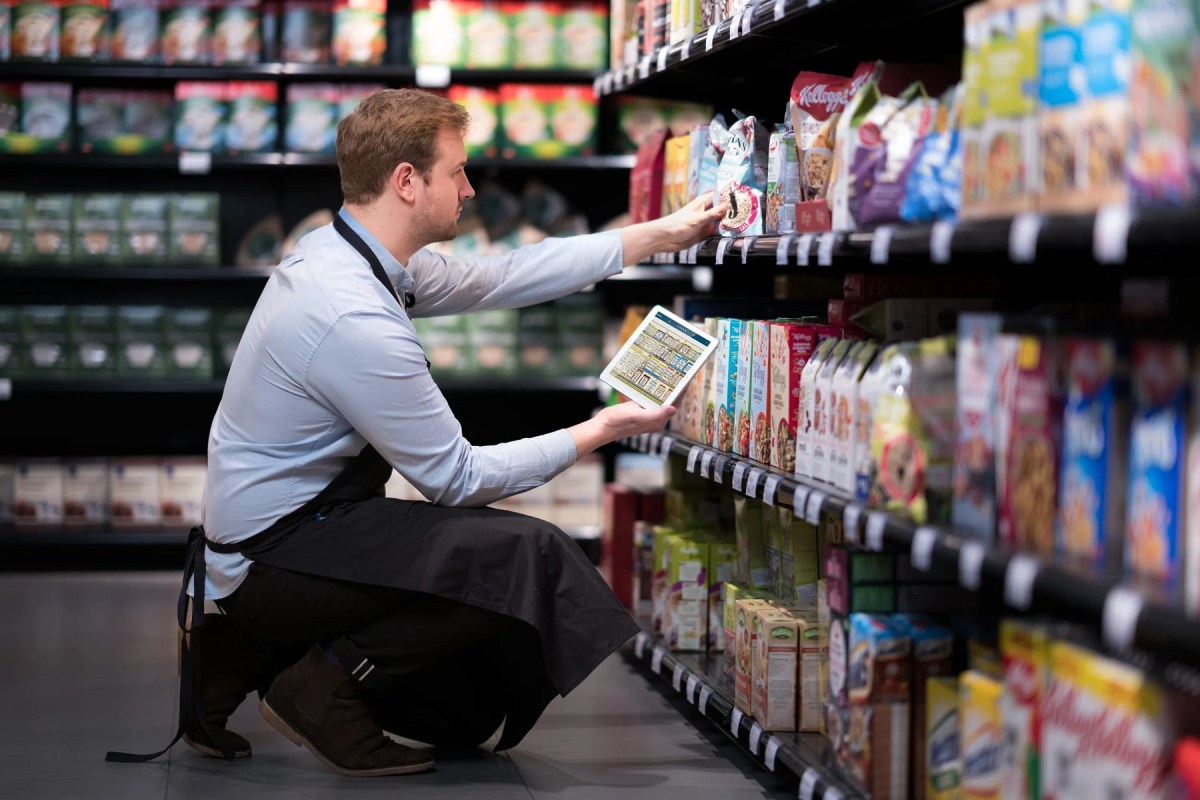Until recently, convenience stores were the go-to destination for quick purchases, offering immediate access to everyday products, from sodas to batteries. However, the emergence of quick commerce has disrupted this traditional model. In densely populated areas, quick commerce companies now promise to deliver small baskets of goods in as little as 10 minutes, directly competing with the convenience store’s core value proposition.
The introduction of quick commerce, especially in densely populated urban areas, has posed a significant challenge to the traditional convenience store model. Running down the street to buy batteries may not seem sensible when you can have almost anything delivered to your doorstep with a few taps on your smartphone. However, when it comes to hot or cold food, convenience stores still hold their ground. This shift in customer behavior has driven a renewed interest in food service within the convenience store industry, enticing people to stop by for a quick bite or a refreshing drink.
Additionally, this changing landscape has given rise to interesting partnerships. Convenience stores have found innovative ways to collaborate with companies like Amazon to offer pickup locations for Amazon lockers, driving foot traffic and impulsive purchases.
Operational challenges and innovations
One of the central challenges for convenience retailers lies in their operational model. Convenience stores typically operate with limited labor, emphasising cost-efficient operations. Any shift in service models can strain the traditional convenience store model.
To address these challenges, leading convenience retailers have embraced innovations such as buy online, pick up in-store (BOPIS) and other forms of contactless shopping. These adaptations allow retailers to remain competitive without attempting to replicate the rapid delivery model of quick commerce companies.
The role of automation and technology solutions
Automation plays a pivotal role in addressing operational challenges and optimising convenience store operations. Inventory management is a key area where automation offers significant benefits. Recognising changing consumer preferences and efficiently replenishing items are critical components of success.
As convenience stores shift their focus from shelf-stable items to fresh products, automation helps optimise inventory by ensuring the right products are available on the shelves while minimising spoilage. It enables retailers to make data-driven decisions, enhance the customer experience, and streamline operations.
Balancing space and product availability
The limited space within convenience stores also presents a unique challenge. Retailers must strike a delicate balance between product availability and waste reduction. To address this, industry leaders have turned to optimised planogramming and assortment management.
Automation-driven planogram changes and optimised space allocation help maximise efficiency and improve product placement. By making better choices about what products to include on the shelves and how many of each to stock, retailers can ensure that customers find what they need quickly and easily.
The convenience store industry is experiencing a profound transformation driven by the rise of quick commerce and changing consumer preferences. Leading players in the industry are adapting to these changes by focusing on food service offerings, embracing innovations like BOPIS, and leveraging automation and technology solutions.
As convenience stores continue to evolve, industry best practices emphasise the importance of staying ahead of consumer expectations. By building strategic partnerships, investing in automation, and constantly innovating, convenience retailers can thrive in this new era of convenience.
Patrick Omara is senior solution principal at RELEX Solutions.

